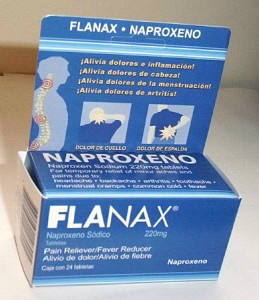Belmora LLC yesterday filed a petition for reconsideration en banc [pdf here] of the FLANAX decision issued by the U.S. Court of Appeals for the Fourth Circuit in Belmora LLC v Bayer Consumer Care AG, et al., Appeal No. 15-1335 (4th Cir. March 23, 2016). The appellate court vacated the ruling of the U.S. District Court for the Eastern District of Virginia, and remanded the case to the district court.

Based on its reading of the Supreme Court’s Lexmark decision, the lower court had dismissed Bayer’s Section 43(a) false association and false advertising claims under FRCP 12(b)(6) and entered judgment on the pleadings as to Bayer’s Section 14(3) claim, ruling that the Lanham Act does not allow an owner of a foreign mark not registered in the United States, who does not use the mark in the United States [Bayer], to assert priority rights over a mark that is registered and used by another party [Belmora] in this country. The Fourth Circuit concluded that the district court misapplied Lexmark, observing that there is no requirement in the language of Section 43(a) or Section 14(3) that a plaintiff must have used its own mark in commerce.
In its petition for reconsideration en banc, Belmora argues that the court’s decision warrants en banc review because it “(i) overlooked material facts and legal considerations; (ii) conflicts with decisions of the United States Supreme Court, this Court, and other U.S. circuit courts of appeal; and (iii) raises questions of exceptional importance regarding the scope of 15 U.S.C. §§ 1051 et. seq. (‘the Lanham Act’).”
In holding that a claimant need neither own nor have used a trademark in U.S. commerce to maintain a cause of action under either § 14(3) or §43(a) of the Lanham Act, the panel decision appeared to be motivated by a sense of ethical outrage – misplaced, as will be shown – directed at one party as a result of which the Court, it is respectfully submitted, was regrettably too quick to throw out the legal baby with the equitable bathwater. In doing so, it jettisoned its own precedent, failed to address substantively significant authority that is in accord with that approach, and, by giving short shrift to the plain language of the statute and a forced reading ofLexmark Int’l Inc. v. Static Control Component, Inc., 134 S. Ct. 1377 (2014) threatened to undermine the integrity of the federal trademark system by widening any extant circuit split on this issue with a crowbar.

